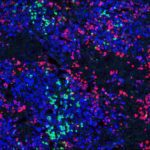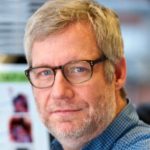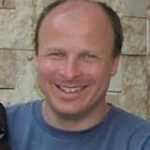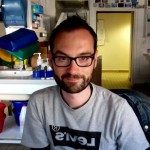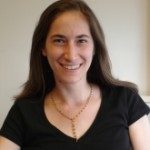Link to Pubmed [PMID] – 28283063
Link to DOI – S0092-8674(17)30199-X10.1016/j.cell.2017.02.021
Cell 2017 03; 168(6): 1086-1100.e10
Innate lymphoid cells (ILCs) represent innate versions of T helper and cytotoxic T cells that differentiate from committed ILC precursors (ILCPs). How ILCPs give rise to mature tissue-resident ILCs remains unclear. Here, we identify circulating and tissue ILCPs in humans that fail to express the transcription factors and cytokine outputs of mature ILCs but have these signature loci in an epigenetically poised configuration. Human ILCPs robustly generate all ILC subsets in vitro and in vivo. While human ILCPs express low levels of retinoic acid receptor (RAR)-related orphan receptor C (RORC) transcripts, these cells are found in RORC-deficient patients and retain potential for EOMES+ natural killer (NK) cells, interferon gamma-positive (IFN-γ+) ILC1s, interleukin (IL)-13+ ILC2s, and for IL-22+, but not for IL-17A+ ILC3s. Our results support a model of tissue ILC differentiation (“ILC-poiesis”), whereby diverse ILC subsets are generated in situ from systemically distributed ILCPs in response to local environmental signals.


